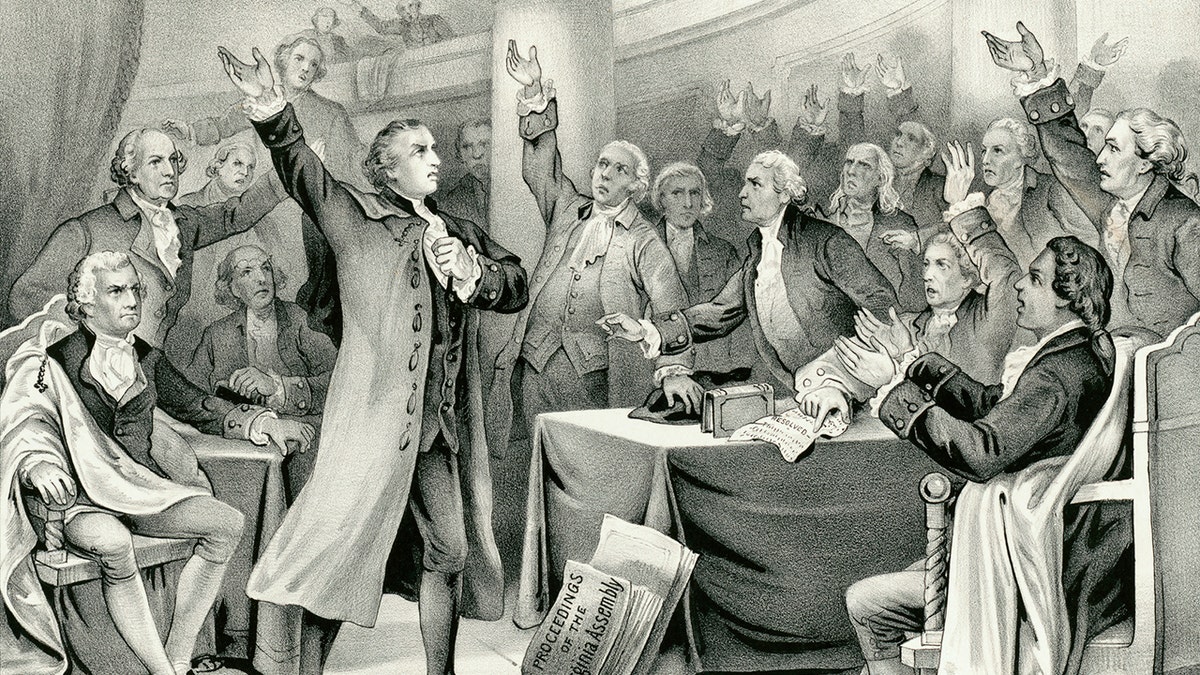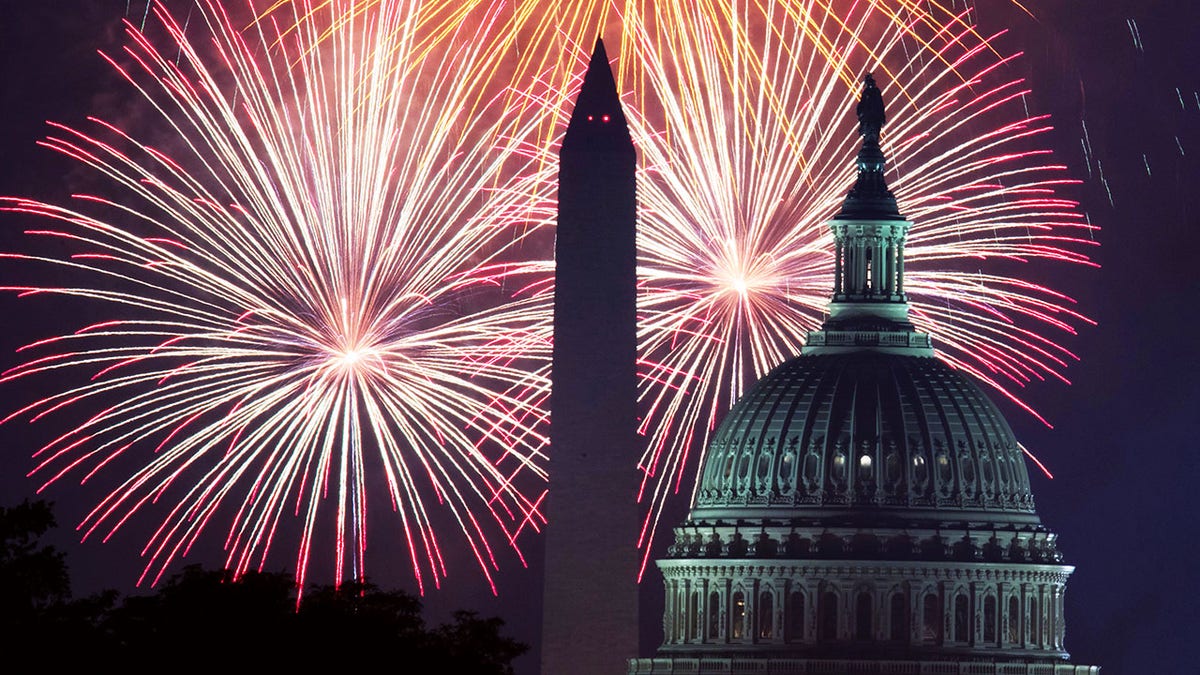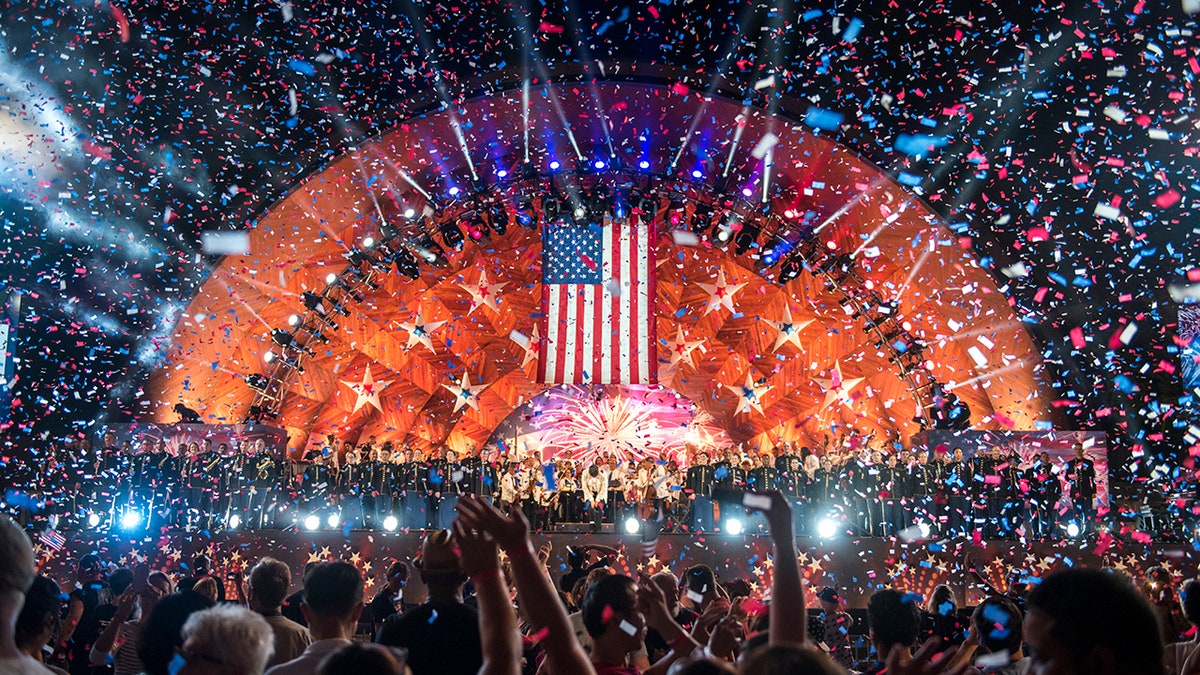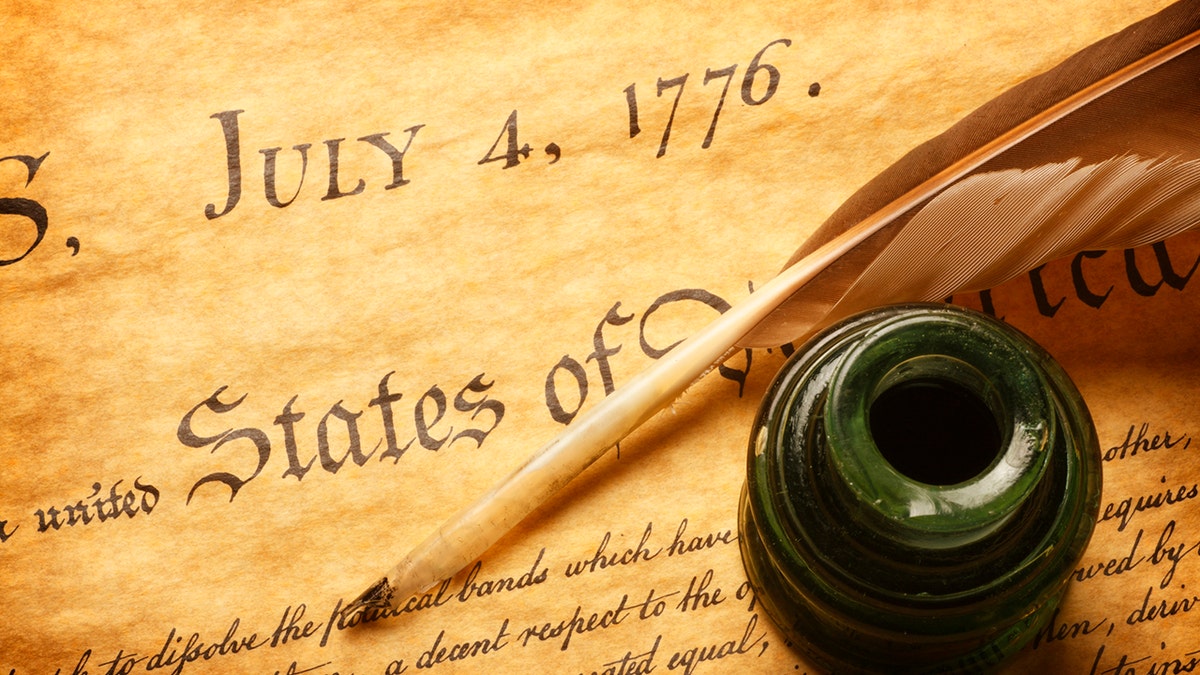From backyard barbecues to dazzling fireworks, the Fourth of July is a time-honored tradition filled with festivities. But beyond the celebrations, how well do you know the history behind America's birthday? Let's explore some intriguing trivia that will entertain both adults and children alike, adding a deeper layer of understanding to this special day.
Revolution vs. Declaration: Which Came First?
The American Revolution predates the Declaration of Independence. The revolution officially began with the "shot heard 'round the world" on April 19, 1775, marking the start of the armed conflict. The Declaration, formally declaring independence from British rule, wasn't adopted until over a year later. Think of it like this: the revolution was the initial outburst, while the Declaration was the carefully written explanation for the uprising.

For younger audiences, this can be explained using a relatable analogy: imagine a child having a tantrum before writing a letter to their parents explaining their frustration. While not a perfect parallel (parents are certainly kinder than King George!), it illustrates the sequence of events.
Why July 2nd? John Adams' Perspective
On July 2nd, 1776, the Second Continental Congress approved a resolution declaring the colonies free and independent states. John Adams believed this date should be celebrated as Independence Day. However, it took two more days for the final wording of the Declaration of Independence to be finalized and ratified, solidifying July 4th as the official date. The Declaration wasn't just a message to King George; it was also a justification of independence to the American people.

A thought-provoking question for children: On July 4th, we remember key figures in American independence. Who are the five most important people in your life who support your growing independence?
Presidential Deaths on July 4th: A Remarkable Coincidence
Thomas Jefferson and John Adams, both instrumental in shaping American independence, passed away on the same day: July 4th, 1826. Fifty years prior, they had worked together to persuade Congress to ratify the Declaration. Adams, on his deathbed, mistakenly believed Jefferson was still alive. Their relationship was complex, evolving from friendship and shared patriotism to political rivalry and eventual reconciliation through letters.

A question for children to consider: Who is a friend you deeply respect, even if you disagree sometimes? Who is someone you can have differences with and still find ways to connect with?
The Declaration's Actual Signing Date
Contrary to popular belief, the Declaration wasn't signed on July 4th. That was the date of its ratification. John Hancock's famous signature wasn't affixed until August 2nd, 1776. Not all signatories were present in Philadelphia on that day, and some members of the Continental Congress chose not to sign at all. For the 56 men who did sign, it was an act of bravery, an act of treason against Great Britain punishable by death.

A fun activity for children: Print a copy of the Declaration of Independence and read it aloud, even just the first paragraph. Discuss its meaning and whether they agree with its principles. If so, they can sign their names, creating a keepsake to compare with their handwriting in future years, showcasing how they grow while the core values of the Declaration remain constant.

A final question for children: What do you believe in strongly today? How can you demonstrate your commitment to that belief?
Comments(0)
Top Comments